Bike Storage Requirements
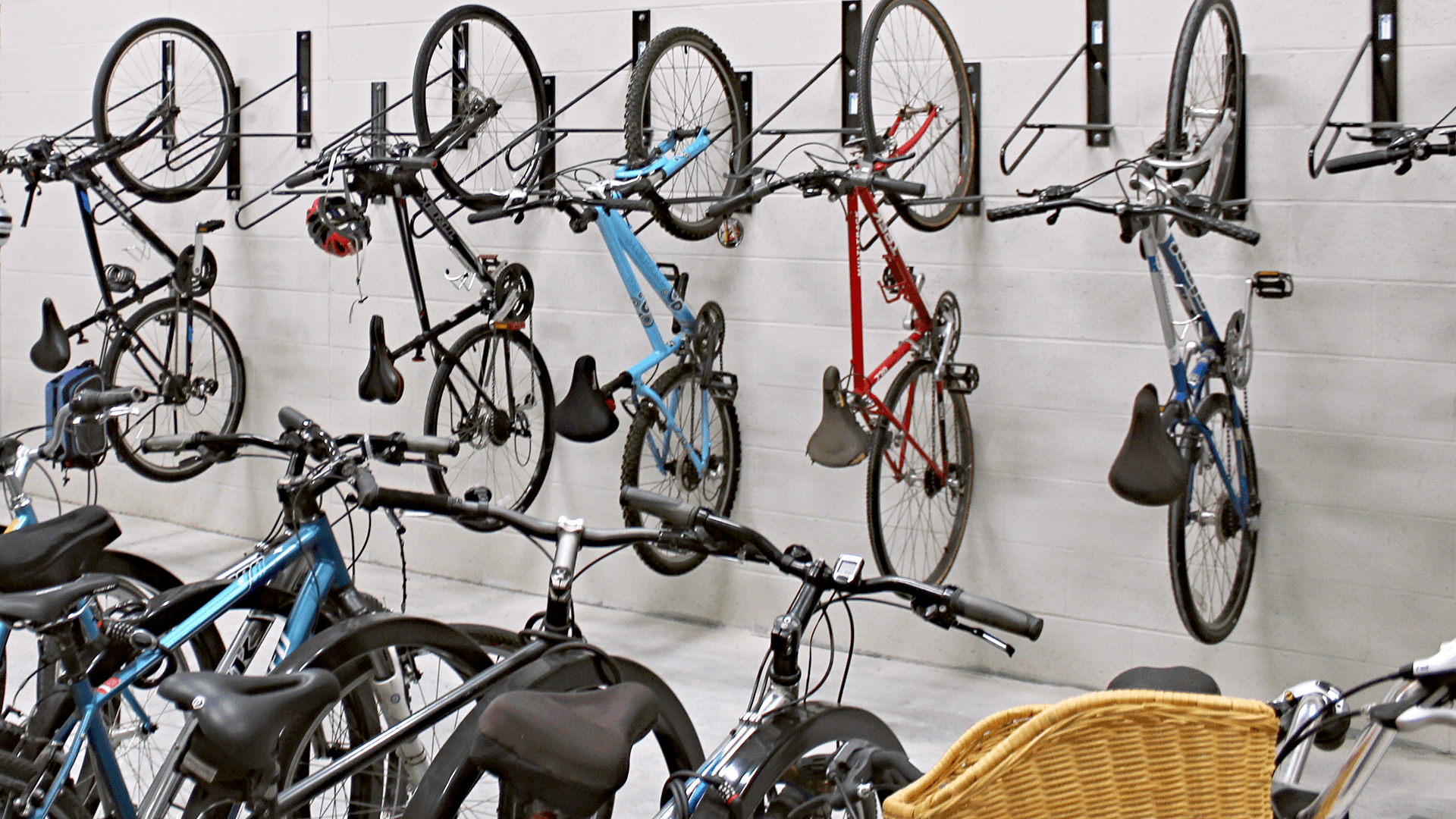
Before you can create a plan or layout for your bicycle storage space, you need to know what requirements there are in your area.
Here are some questions you will need to find answers to:
- How many bicycles need to be stored?
- What are the restrictions on types of bike racks that can be used?
- What are the spacing, setback, and aisle ordinances?
To find these answers, you should start by reviewing the local municipal codes of your space. If you're unfamiliar with those local ordinances, we recommend using the website library.municode.com.
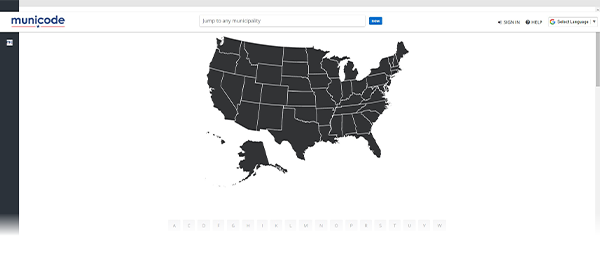
You can find a collection of municipal codes on this website. You can also search within the text of the documents to find relevant information. Following the local codes, you will then need to apply best practices to the make-up of your room.
Let's get started by taking a closer look at the key requirements.
Bike Storage Space Requirements
In reviewing local codes, the first thing you'll want to look up is the number of bicycle parking spaces required in your area.
This is often mandated by law, and is typically based on the number of rooms or building occupants. It can also be based on square footage of the building.
Knowing exactly how many bicycle parking spaces are needed is crucial information moving forward. It will help you determine the types of bike storage systems you can choose from, as well as how much space will be needed.
If there is no ordinance requiring a certain number of indoor bike storage spots, we suggest following the APBP recommendations for your bike storage room or area.
- For office buildings the guideline is 1 bike storage space for every 10,000 square feet of floor area.
- For buildings with multi-family bike storage, plan on a half space of bike storage for every bedroom.
- For health care and hospitals, plan on either one and a half spaces for every 20 employees or one space for each 50,000 square feet of floor area. Whichever is greater.
- Public elementary, junior high, and high schools should have one and half spaces for each 10 employees. Plus, one and half spaces for each 20 students.
- For colleges and universities, one and a half spaces for each 10 employees, plus one space for each 10 students of planned capacity. OR, one space for each 20,000 square feet of floor area. Whichever is greater.
There is also a third option for determining bike storage spaces, which is to store as many bicycles as possible in the area designated to bicycle storage.
It's also worth remembering that these guidelines are for long-term bike storage areas. These do not reflect the spots needed for short-term bike parking.
Bike Storage Racks & Spacing Ordinances
In addition to the number of bicycle storage spots you need to create, check local municipal codes regarding approved bike storage racks.
Ordinances might set out requirements for the materials, measurements, and other characteristics of a bike rack.
It may also restrict certain types of bike racks. For example, bike racks requiring the user to lift the bicycle, like a vertical bike rack or two tiered, might not be permissible in senior facilities.
It's also important to check local ordinances regarding the spacing of bike racks. For example, there may be regulations on how far apart racks needs to be placed from one another.
Wall Materials
Once you know how many bicycle parking spots are needed and what the municipal code requirements are, you'll need to consider the physical properties of your site to determine if there are any more limitations.
When determining where to install bicycle racks, the surface they will be mounted on is an important consideration.
Wall racks are one option for bicycle storage areas, but the material of the wall will determine what types of bike racks can be used and how they can be mounted.
For wall materials, poured concrete is ideal. Generally, you can anchor bike racks directly into the concrete.
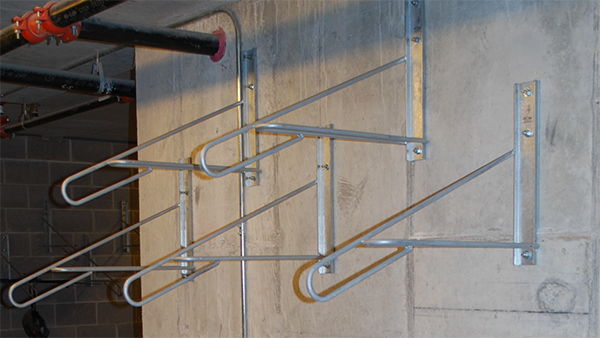
When installing into existing concrete, there may be limits on how deep the concrete can be drilled. This is important to know because bike racks often require the fastening of an anchor bolt.
Note that many wall racks require specific mounting hardware that might not be compatible with certain types of walls. This can include walls made with concrete blocks, bricks, and steel or metal studs behind drywall.
Freestanding bike racks are an option when you can't anchor your bike rack directly into a wall.
Obstructions
When choosing a place to install a bike rack, consider whether there are any obstacles that might get in the way. For example, mechanicals (such as heating ducts), plumbing and electrical fixtures (like outlets), windows, or other items that could make it difficult to install a bike rack.
When installing individual bike racks, you have more flexibility to work around obstructions and place the racks where they are needed.
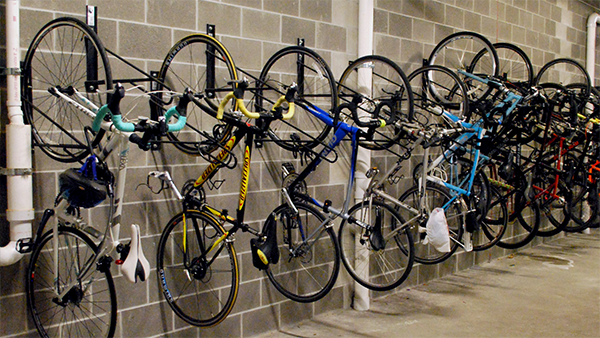
Obstructions become a greater challenge when you want to install a system with bike racks on a u-channel or a freestanding unit. These would require a smooth length of wall free of obstacles.
Ceiling Height
Ceiling height will also need to be taken into consideration. With vertical bike racks and two-tier bike racks, there needs to be enough clearance above the rack to lift the bicycle onto the bike rack. Your municipality's codes may also specify the necessary amount of clearance.
Room Shape
The shape of the room can also impact bike storage capabilities. A room with limited space may not provide enough space to create an aisle that complies with ordinances.
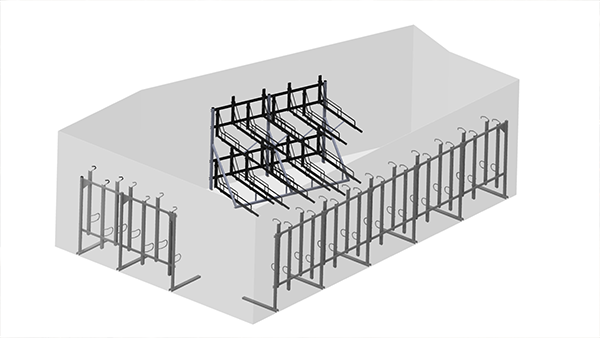
Other objects within the bike storage area, like pillars and beams, must also be accounted for, to ensure these do not limit the needed spacing around a bike rack.
Take Notes
As you collect this information, we encourage you to write it down and have on hand for easy reference later.
Related Resources
- [Download] Bike Storage Guide
- [Video Course] Creating Effective & Maximum Density Bike Storage Areas
- [Article] Best Types of Bike Storage Racks

